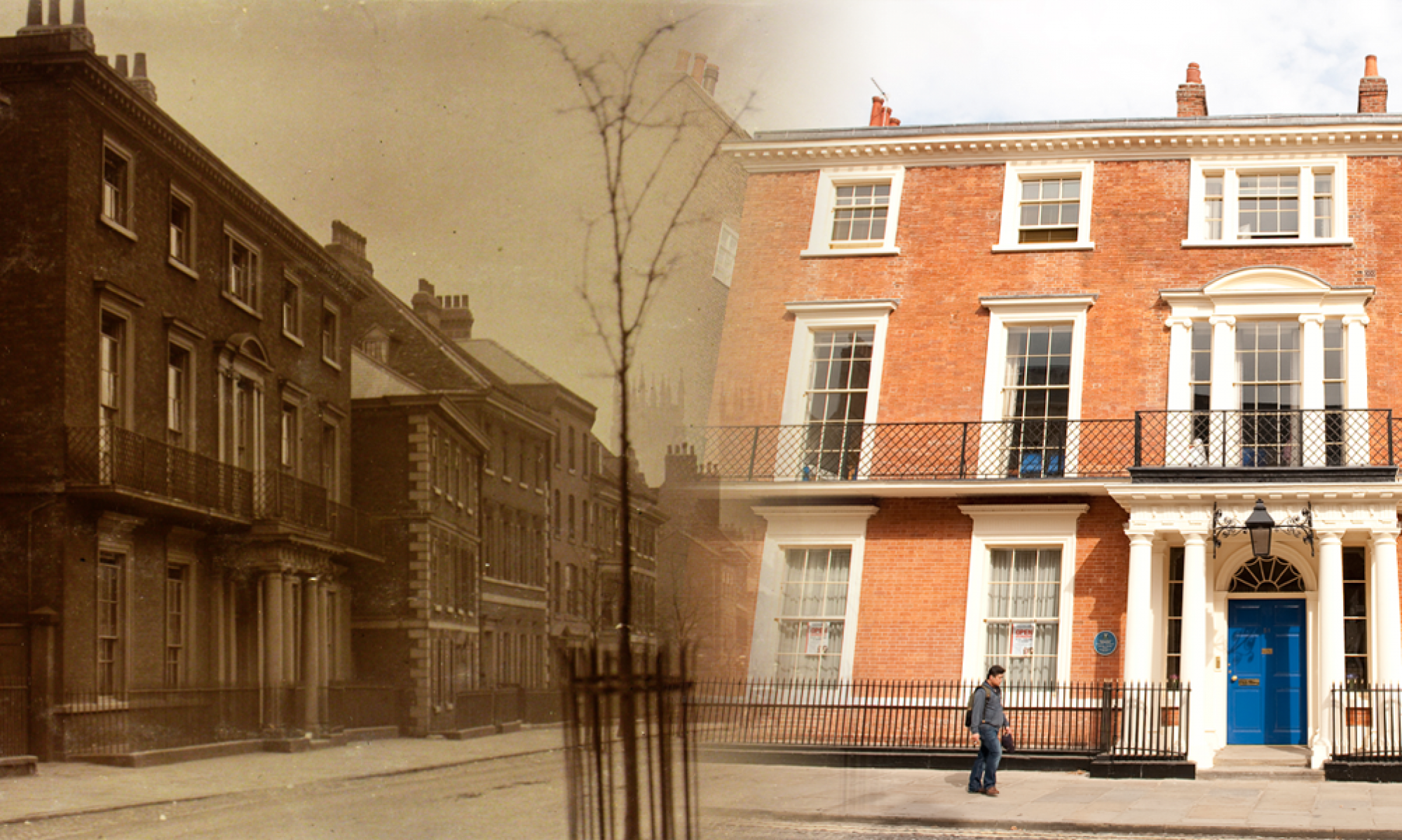Today (28th February) marks the 100th anniversary of the death of John Firth Fryer, Bootham’s headmaster between 1875 and 1899. He started as a pupil at the school in 1854, and apart from a year at the Flounders Institute at Ackworth training to become a teacher, he remained at the school until his retirement in 1899. During his headship, he oversaw changes including teaching becoming departmentalised, permission being granted by the committee for the hire of a piano for practice during leisure time (which rapidly became the purchase of two pianos, hymn singing on Sunday evenings and the introduction of concerts), and the end of earlier customs such as no plates at breakfast or tea. Unfortunately his headship finished with the fire in 1899 which destroyed much of the school.
He seems to have been a keen footballer for a while, according to his obituary (in ‘Bootham’ magazine, May 1914): “When, however, the game [football] was sanctioned and John Ford himself gave the initial kick…in September 1862, no one proved a more enthusiastic player than J. F. Fryer, until an unlucky kick under the knee temporarily incapacitated him and made it undesirable for him to keep it on.”
His poem about football, ‘A Lay of Modern York’ was reprinted with his obituary in 1914, and its ending is particularly poignant considering what would follow later in 1914. Here are the last two verses:
“Thus onward speeds the conflict,
With various fortune blest;
First one side – then the other –
The poor ball gets no rest!
First to left and then to right,
Now here, now there, the ball is sped.
Anon one side the victory sees
An then its hopes are all but fled.
In short, so various is the scene
In this so happy, playful strife
As not remiss to represent
The strange vicissitudes of life.
Would that all strife as harmless were as this,
Would that all sanguinary war would cease,
All kingdoms of the happy earth rejoice
Beneath the reign of universal Peace.
The man of war his sword to ploughshare beat,
His deadly spear to pruning hook would turn;
Nations in battle fierce no more would meet,
No more with rage against each other burn;
And thus no longer war, but Peace delight to learn.”
J. F. Fryer
4th November 1862, 20, Bootham, York




